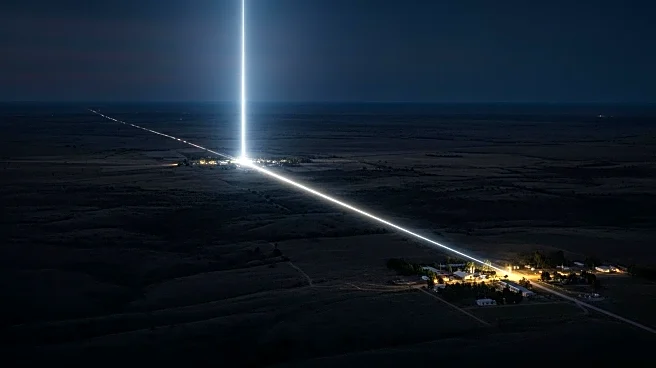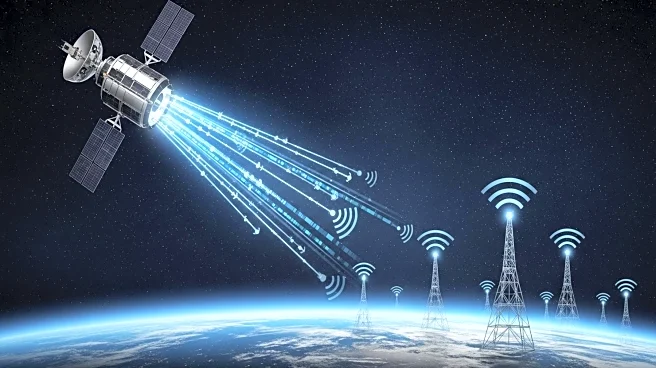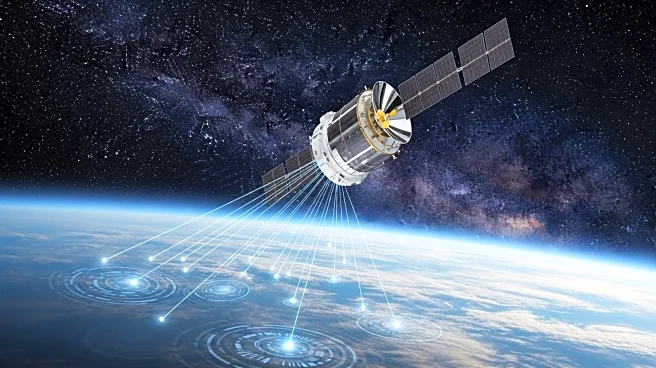What's Happening?
PLDT has announced the deployment of Google Taara's free-space optics technology in three remote locations in the Philippines. This technology, developed by Alphabet's X Moonshot Factory, uses beams of light to transmit data over long distances, similar to fiber optics but without the physical cables. The deployment includes sites at Talim Island in Rizal, Dipaluda in Isabela, and Bagong Pag-asa QC, each capable of delivering up to 20 Gbps of capacity. The initiative aims to provide super-fast connectivity to these areas while reducing rollout costs, as traditional fiber optic installations would be challenging due to geographical constraints.
Why It's Important?
The deployment of Google Taara's technology by PLDT is significant as it addresses connectivity challenges in remote areas, which are often underserved due to the high costs and logistical difficulties associated with traditional fiber optic installations. By utilizing free-space optics, PLDT can offer high-speed internet access, potentially transforming the digital landscape in these regions. This move not only enhances local infrastructure but also aligns with global efforts to improve internet accessibility, as highlighted by the International Telecommunication Union's report on the need for substantial investment in connectivity solutions.
What's Next?
PLDT plans to further explore laser-based connectivity to complement its existing fiber network, particularly in hard-to-reach areas. This could lead to broader adoption of free-space optics technology across the Philippines, potentially setting a precedent for other regions facing similar connectivity challenges. The success of this deployment may encourage other telecommunications companies to consider similar technologies, fostering innovation in the industry.
Beyond the Headlines
The use of free-space optics technology raises questions about the future of internet connectivity in remote areas. It presents an opportunity to rethink traditional infrastructure models and explore more sustainable and cost-effective solutions. Additionally, this technology could have implications for disaster recovery scenarios, where rapid deployment of communication networks is crucial.











